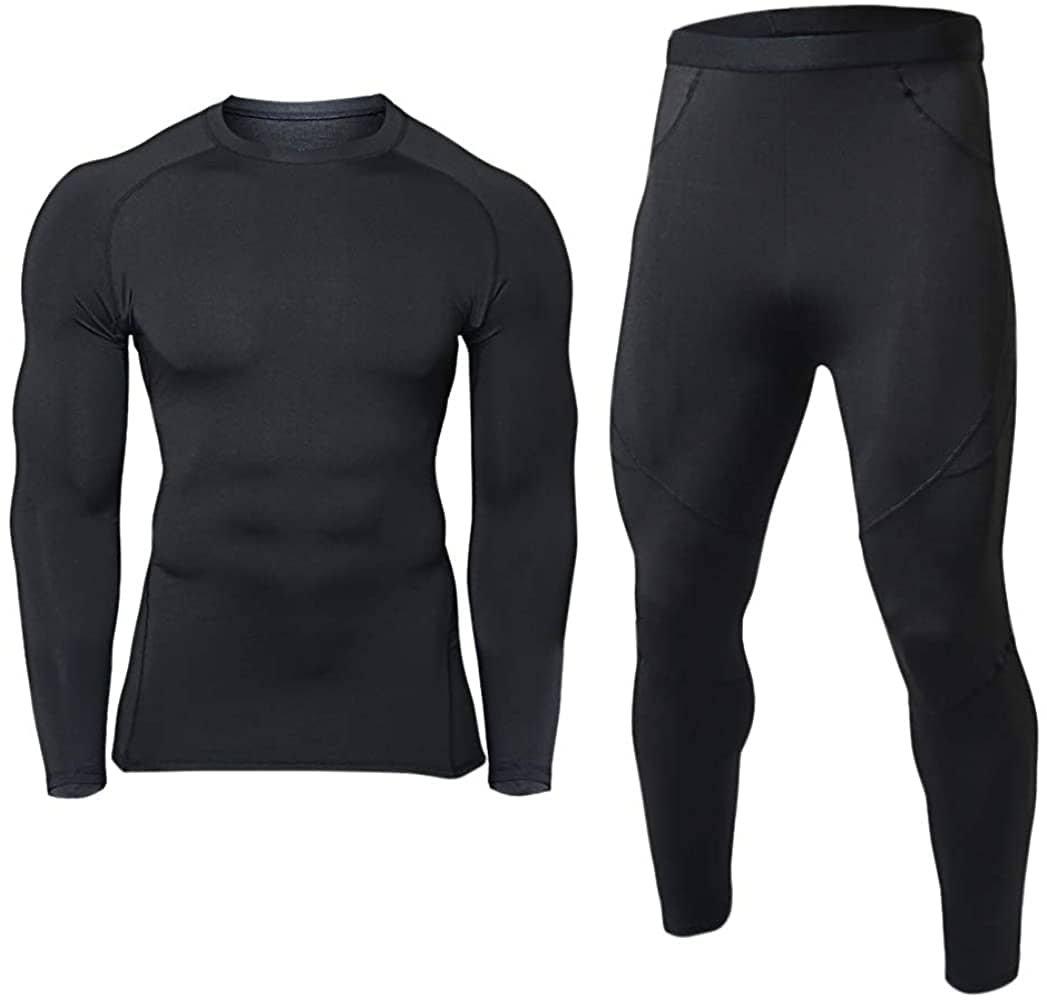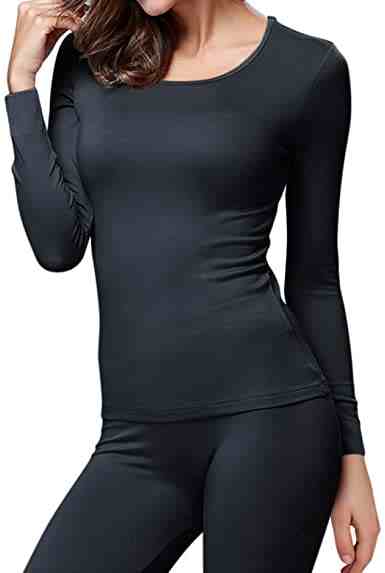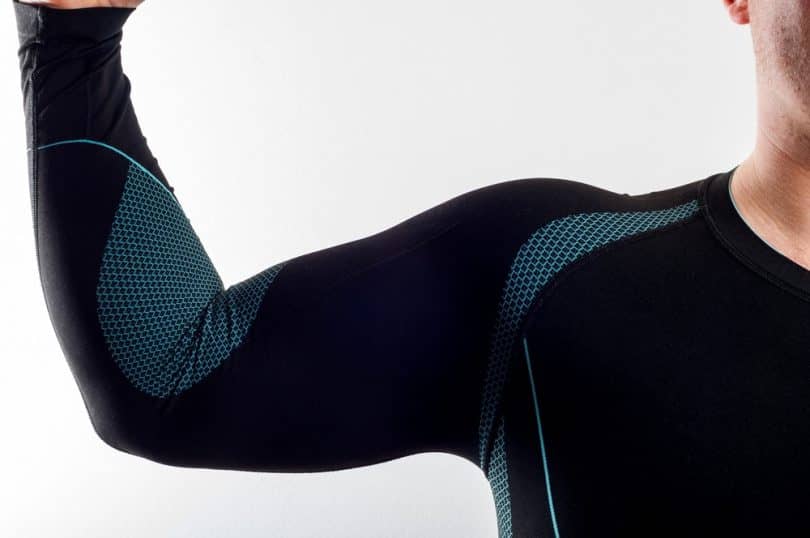The right clothing is yet another area to give attention to when planning for any outdoor activity whether bird hunting, deer hunting, coyote hunting, turkey hunting, or any other type of hunting; this will help facilitate all your plans for the day.
In this article, we will be explaining base layer clothing as one of the essentials you will need to get a bit closer to Mother Nature.
Base Layer Vs Thermal Clothing: A Brief Introduction
What is Base Layer Clothing?
The term “base layer” explains the layer closest to the skin and can be considered your constant “second skin” throughout the day.
A base layer provides you with a layer of warmth while evaporating and absorbing sweat, keeping you comfortable and warm always.

These clothes are made from different fabrics and come in different designs to suit different climatic conditions.
As you read along, we’ve explained all the qualities of different based layers, why they are unique, and which will serve you best considering the atmospheric condition.
What is Thermal clothing?
Thermal clothing, also known as long underwear, is a base layer that can be used underneath your clothes.
Thermal clothing is perfect for cold weather you can wear it under your hunting jacket because they keep the body warm more than a pair of jeans will when the weather is incredibly cold.
Aside from wicking sweat off your body, they keep the body warm.

Why would you need base layer apparel?
The base layer is a cloth used to reduce the discomfort that results from sweat and moisture, which on the normal ground can help regulate your body temperature.
If you reside in a cold environment, we recommend going for base layer clothes that are heavier and are made with elastic cuffs and a snug fit that will help ensure your body is kept warm inside all through.
A lightweight base layer is primarily meant to help promote circulation while keeping the skin free from moisture, therefore, increasing your comfort level and limiting heatstroke.
What types of fabric are used in base layer apparel?
Base layer clothing is made from the following materials: Merino wool, Silk, Synthetics examples polyester, or flame-resistant materials of high grade.
Advantages of base layer shirts and pants made of Silk fabric:
- The cloth is recommended for use in cold weather and with lower activity.
- It can be treated to increase moisture-wicking qualities.
- It tends to transport moisture that is generated by the body more than a synthetic fabric will.
- It has a comfortable texture that is one of a kind.
- It lays perfectly.
Disadvantages
- It comes with weak UV resistance and abrasion and must be washed frequently to avoid odor.
Advantages of base layer pants and shirts made of Merino wool:
- This cloth is highly recommended for cold temperatures but can as well serve in most conditions.
- It comes with remarkable insulating qualities.
- It has little to no odor retention due to its natural antibacterial.
- Keeps the skin fresh by evaporating moisture and decreasing excessive heat that results from extreme or warmer temperatures.
- Merino wool is a perfect choice due to its comfort and softness, which is second to none when compared to materials made from different wool.
Advantages of Base layer tops and bottoms made of Synthetics:
- Suitable for warm conditions and high humidity, but not recommended for all forms of climate and activities.
- Include nylon, rayon, polypropylene, spandex, and other forms of artificial blends.
- Resists abrasion and wrinkling.
- Comfortable, soft texture on the body.
- Easily laundered
Disadvantages
- Vulnerable to stain, and odor retention when used repeatedly.
Advantages of traditional thermal underwear tops and bottoms made of cotton and poly/cotton blends:
- Inexpensive
- Comfortable
- Easily laundered
Base Layer Vs Thermal Clothing: Key Differences
There are lots of questions going through the minds of many when it comes to underwear.
And one of those questions is: “what is the edge cutting different between the base layer and thermal underwear?”
Most underwear is made from poly-cotton or cotton fabrics.
But this traditional material can most times retain enough sweat; as a result, it can feel a bit uncomfortable. This means that underwear can chill you up in cold seasons.
To get something better that allows more flexibility, fabrics of different thicknesses are used to create an insulating layer between your skin and the outer appearance you’re having; helping you to keep the body away from moisture while maintaining a suitable body temperature.
Most times, apparel next to the skin is classified by the fabric weight and the type of fabric.
It all depends on what you need the clothing for, variety can be a better alternative, since we face different circumstances and climatic change.
FAQs
1. Do base layers keep you warm?
Ans: The base layer, also known as long underwear, can add considerable warmth.
Above all, it keeps your body dry when sweating and regulates the temperature when you heat up during the course of an activity.
2. Is a base layer the same as thermals?
Ans: base layers are designed from materials that will wick sweat away from your body. Most times, if your skin appears wet, then it’s possible to feel a bit colder.
On the other hand, thermal underwear helps to keep your body warm, and it’s used on the base layer. Though there is thermal underwear that can also serve as a base layer.
3. What temperature should you wear thermals?
Ans: If you experience an indoor temperature a bit below 18.0°C, you can use the thermal underneath your clothes all through the day.
4. Should thermals be tight or loose?
Ans: For effectiveness, go for a base layer that is fitted. If there are gaps between the skin and the fabric, then it’s possible for cold to sneak into the body.
We recommend going for a base layer that will tighten your body entirely.








Leave a Comment